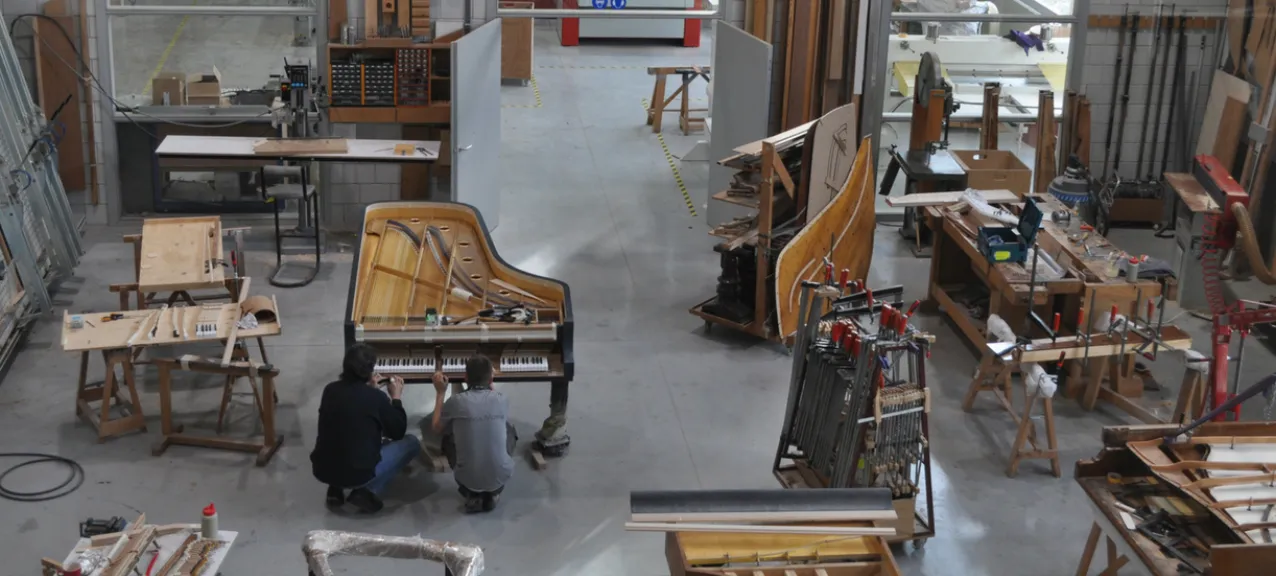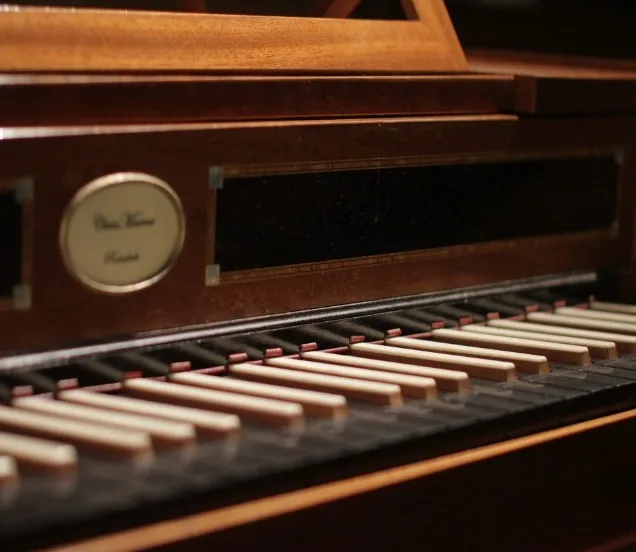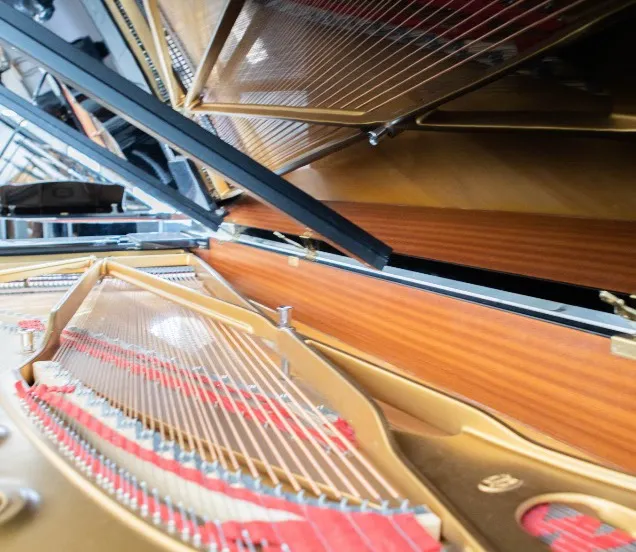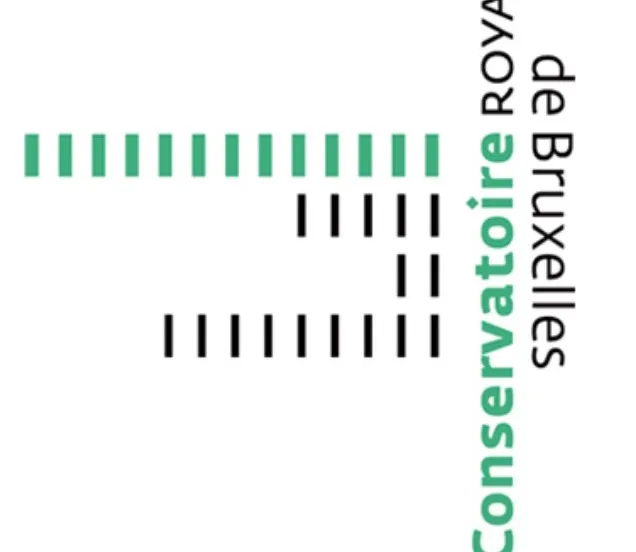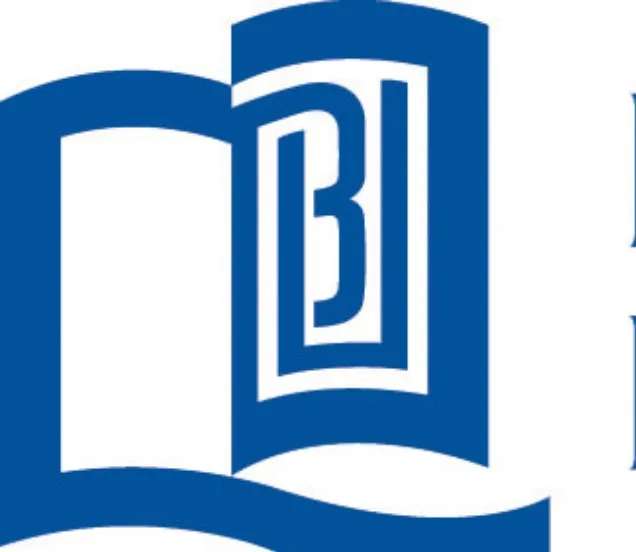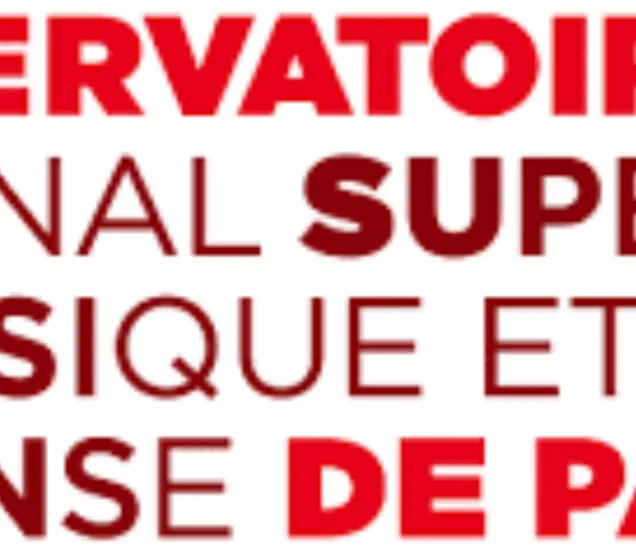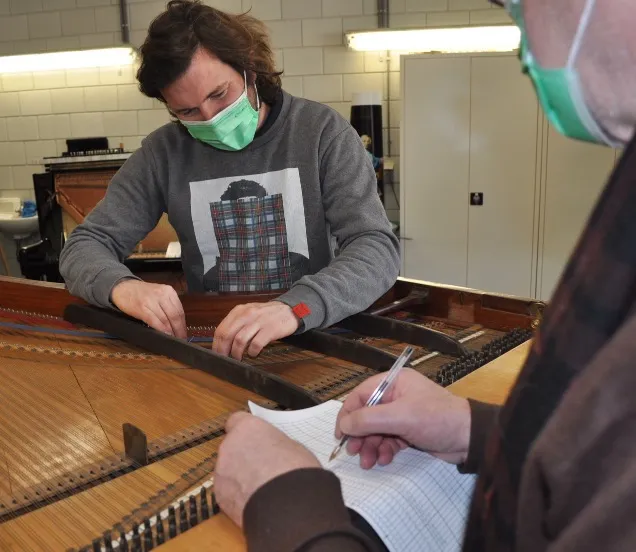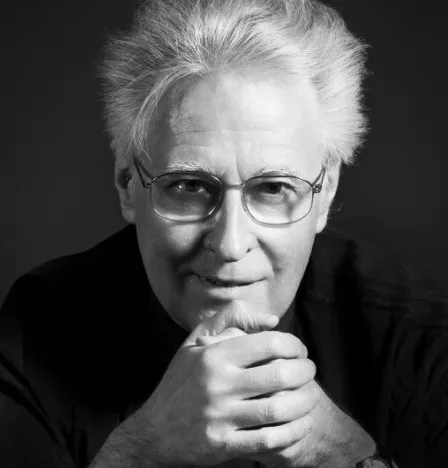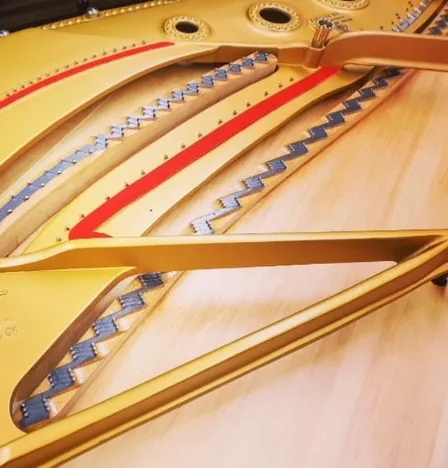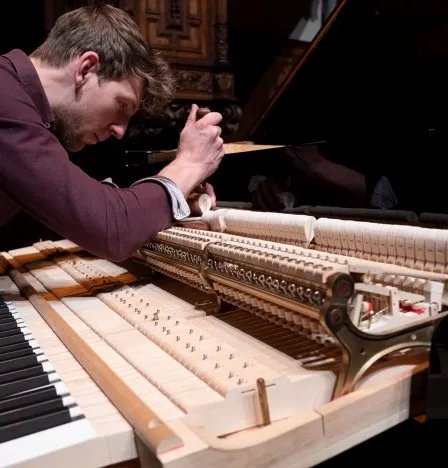A piano factory, in Belgium?
In 1984, Chris Maene succeeded his parents and became the head of Piano's Maene. With traditional craftsmanship, he managed to build a workshop with all kinds of specialists, some of whom received several years of training in Hamburg, Berlin, Poland, Tokyo and Paris. In 1989 he opened a new workshop for instrument building and restoration.
The work that is carried out daily in this atelier varies greatly: building replicas of historic pianos, restoring original instruments and, since 2015, building the Chris Maene Straight Strung Concert Grand.
The fortepianos and right-string grand pianos of Chris Maene and his workshop are played and applauded all over the world by professional pianists, concert halls, conservatories and amateur pianists alike.

